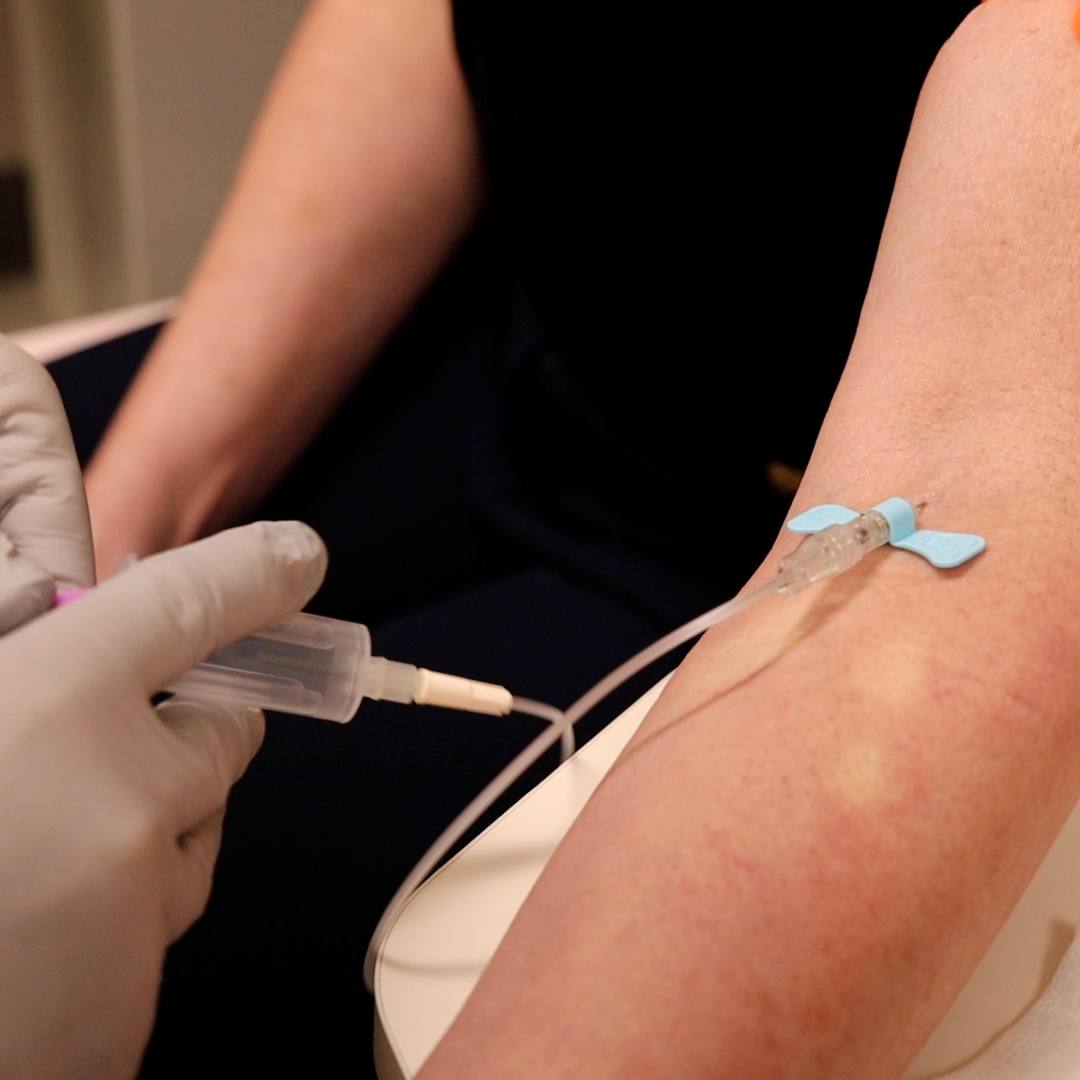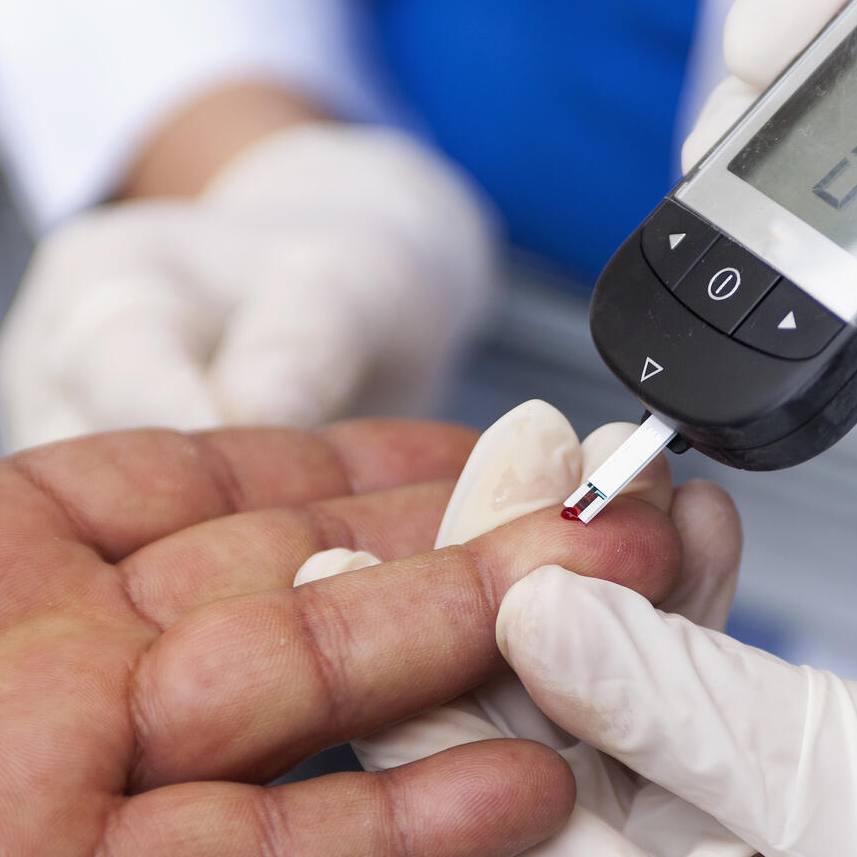-
 Arizona
ArizonaMayo Clinic Study Opens Door for Early Screening Tools for Parkinson’s Disease
PHOENIX — A smell test could someday be one of the tools to screen for people at risk of developing Parkinson’s disease, according to a new Mayo Clinic study.
Parkinson's disease is a progressive disorder of the nervous system that affects movement. It develops gradually, sometimes starting with a barely noticeable tremor in just one hand. But while tremor may be the best-known sign of Parkinson's, the disorder also commonly causes stiffness and slowing of movement. Additionally, there are many non-movement problems, including constipation, loss of the sense of smell, sleep problems, lightheadedness, urinary difficulties, depression and anxiety. The non-movement symptoms can develop many years before movement disorders.
Although Parkinson's disease can't be cured, medications may markedly improve symptoms. Currently, there is no accurate diagnostic test for the disease; diagnosis is based on medical history, a review of signs and symptoms, a neurological and physical examination and by ruling out other conditions. Confirmation of the disease can only be made by performing an autopsy.
“Parkinson’s is not a fully understood disease,” says Erika Driver-Dunckley, M.D., Mayo Clinic neurologist and lead author of the study. “We know that it is a chronic, progressive neurodegenerative disease that gets worse and worse. The hope is to be able to identify people with minor symptoms and begin treatment before they have severe motor disability — it’s a much harder disease to treat when it’s in that advanced stage.”
In this latest study, recently published in the journal, Parkinsonism & Related Disorders, Mayo Clinic researchers, working with collaborators at the Banner Sun Health Research Institute Brain and Body Donation program, examined the loss of the sense of smell in relation to a condition called Incidental Lewy Body Disease. Lewy bodies are the protein clumps seen on autopsy in the brains of patients with Parkinson’s disease, but if the person died without any signs of Parkinson’s, yet the autopsy shows Lewy bodies, then this is called Incidental Lewy Body Disease (ILBD). It is thought that ILBD is an early or pre-motor stage of PD. The study looked at the history of ILBD subjects to see if there is a connection to olfactory dysfunction – which could mean that development of Parkinson’s may have begun.
In the study researchers found that most subjects with ILBD had a decreased sense of smell, suggesting that if they had lived longer they would have shown signs of Parkinson’s.
“This opens the door for the development of possible early screening tools,” Dr. Driver-Dunckley says. “The point of our latest study is that if we can diagnose Parkinson’s sooner we may be able to use a disease-modifying therapy to treat the disease before it worsens. If you can use smell testing, along with other testing, to make a diagnosis of Parkinson’s disease sooner — 5 to 10 years before patients develop motor disabilities — there is a possibility to halt the disease. That’s the ultimate goal of our ongoing research.”
About Mayo Clinic
Mayo Clinic is a nonprofit worldwide leader in medical care, research and education for people from all walks of life. For more information, visit www.mayoclinic.org and newsnetwork.mayoclinic.org.
MEDIA CONTACT: Jim McVeigh, Mayo Clinic Public Affairs, 480-301-4222 mcveigh.jim@mayo.edu.
Related Articles







